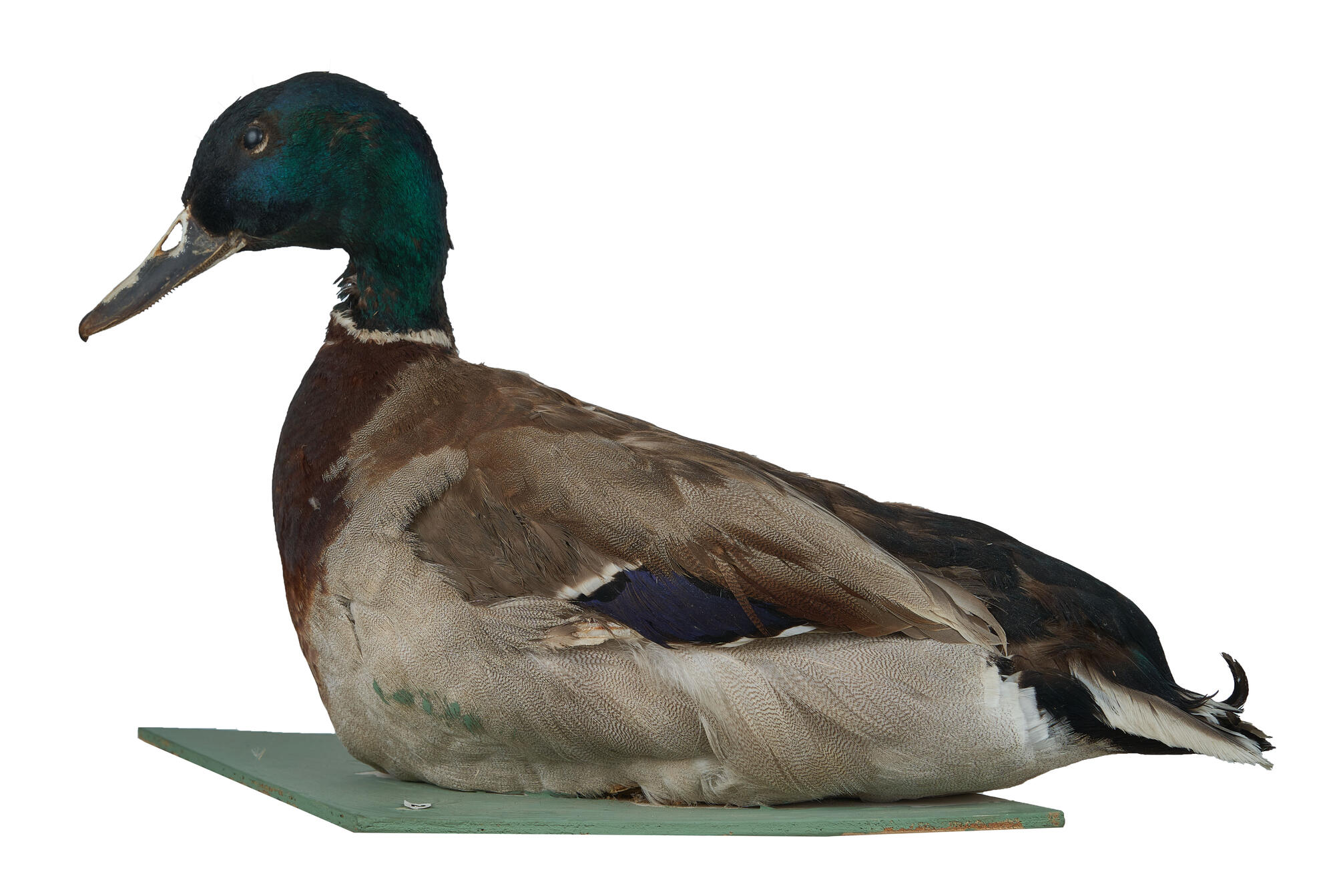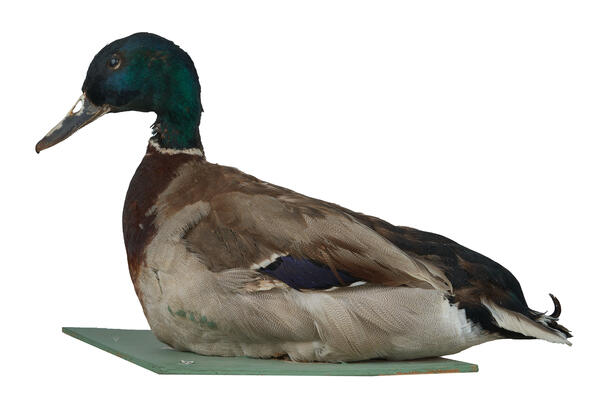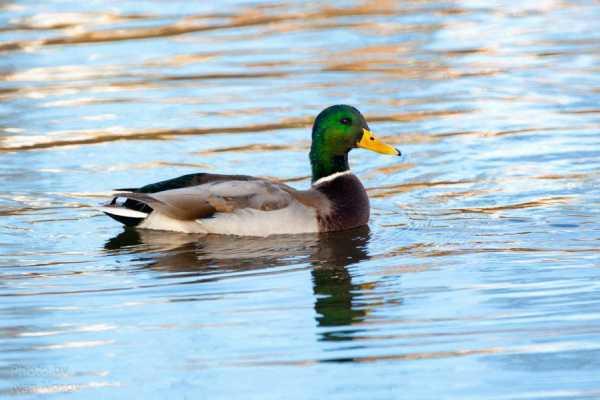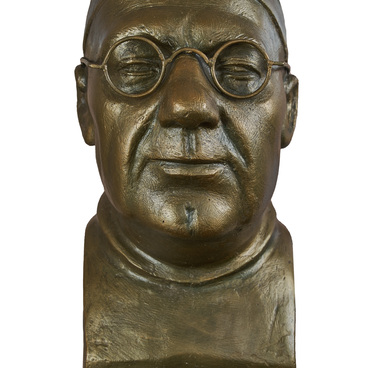In the collection of the Urazovo Local History Museum you can see a stuffed mallard duck, which was made in 1989.
The wild mallard lives wherever water bodies and coastal thickets are located. Unpretentiousness to habitat conditions allowed the bird to settle all over the world. It can be found in fresh, brackish water bodies with vast areas of shallow water, which are covered with duckweed. It dislikes fast flowing rivers and deserted shores. Favorite habitats are near fallen trees in the riverbed.
The body length of the mallard usually reaches 40–60 centimeters, and the weight is from one and a half to two kilograms. The weight of the bird increases by autumn, when the fat layer grows. The wingspan can reach one meter. The wild duck has a massive head, a flattened beak and a short tail.
The wild mallard lives wherever water bodies and coastal thickets are located. Unpretentiousness to habitat conditions allowed the bird to settle all over the world. It can be found in fresh, brackish water bodies with vast areas of shallow water, which are covered with duckweed. It dislikes fast flowing rivers and deserted shores. Favorite habitats are near fallen trees in the riverbed.
The body length of the mallard usually reaches 40–60 centimeters, and the weight is from one and a half to two kilograms. The weight of the bird increases by autumn, when the fat layer grows. The wingspan can reach one meter. The wild duck has a massive head, a flattened beak and a short tail.




